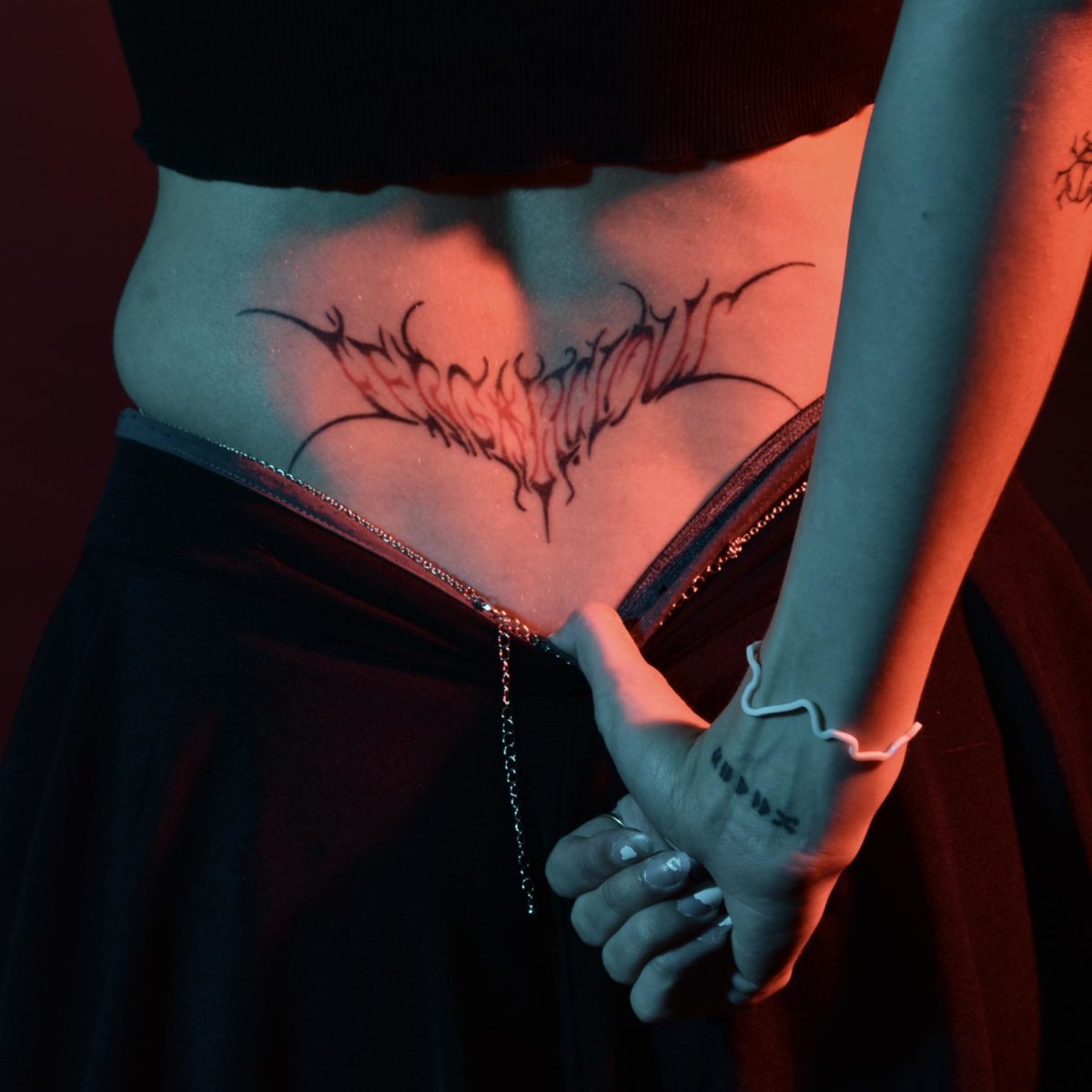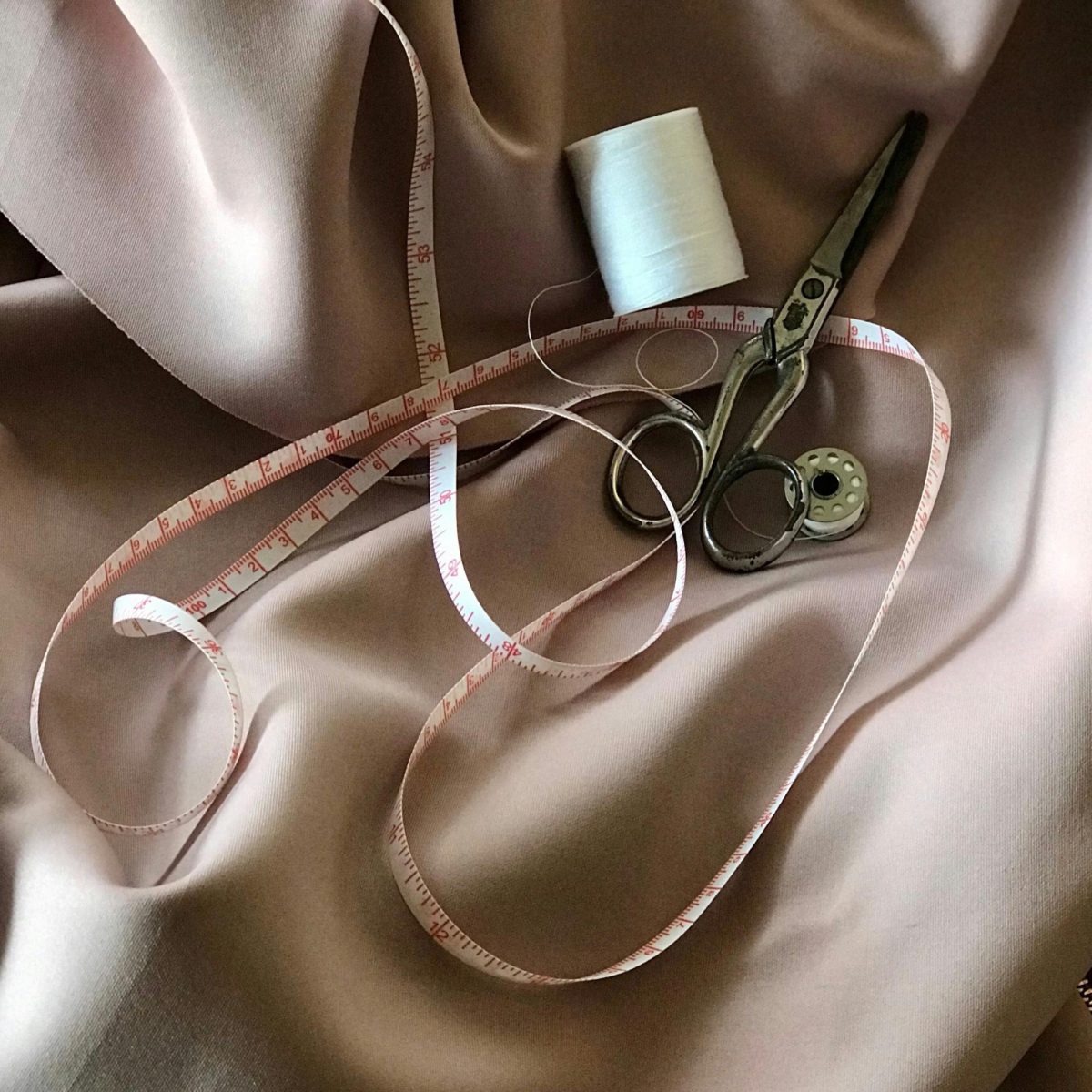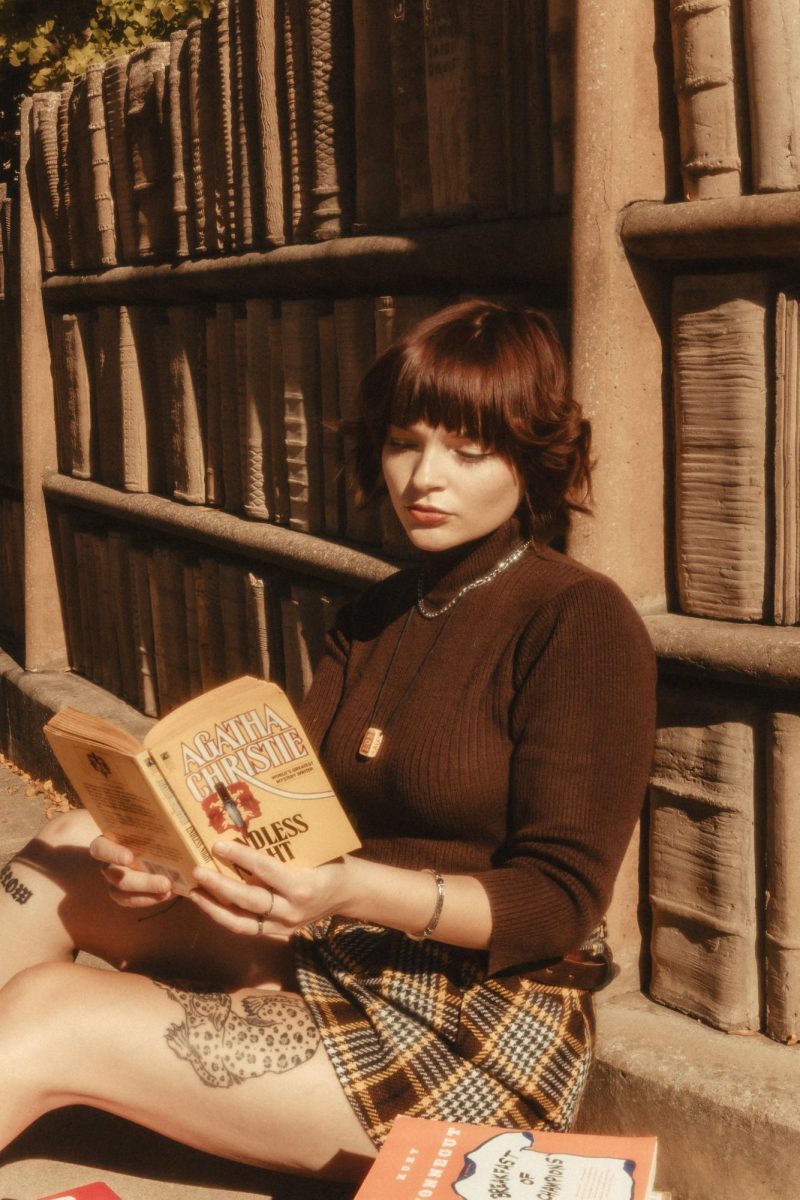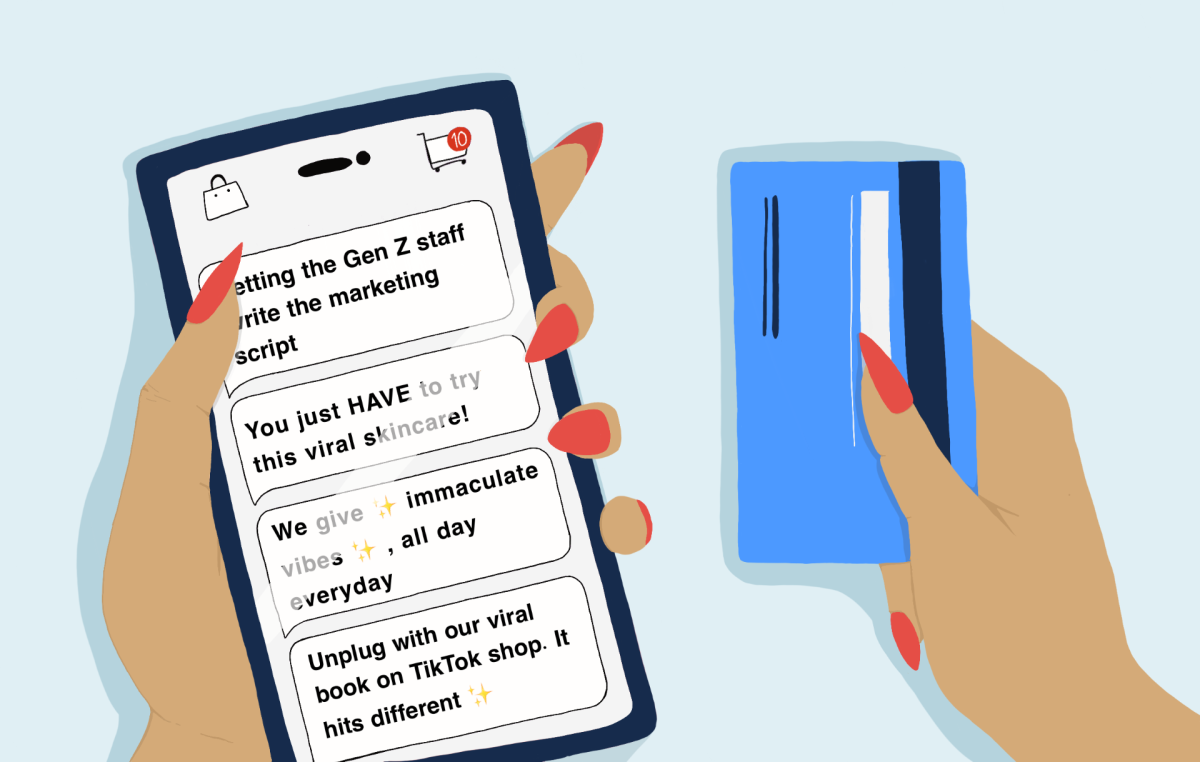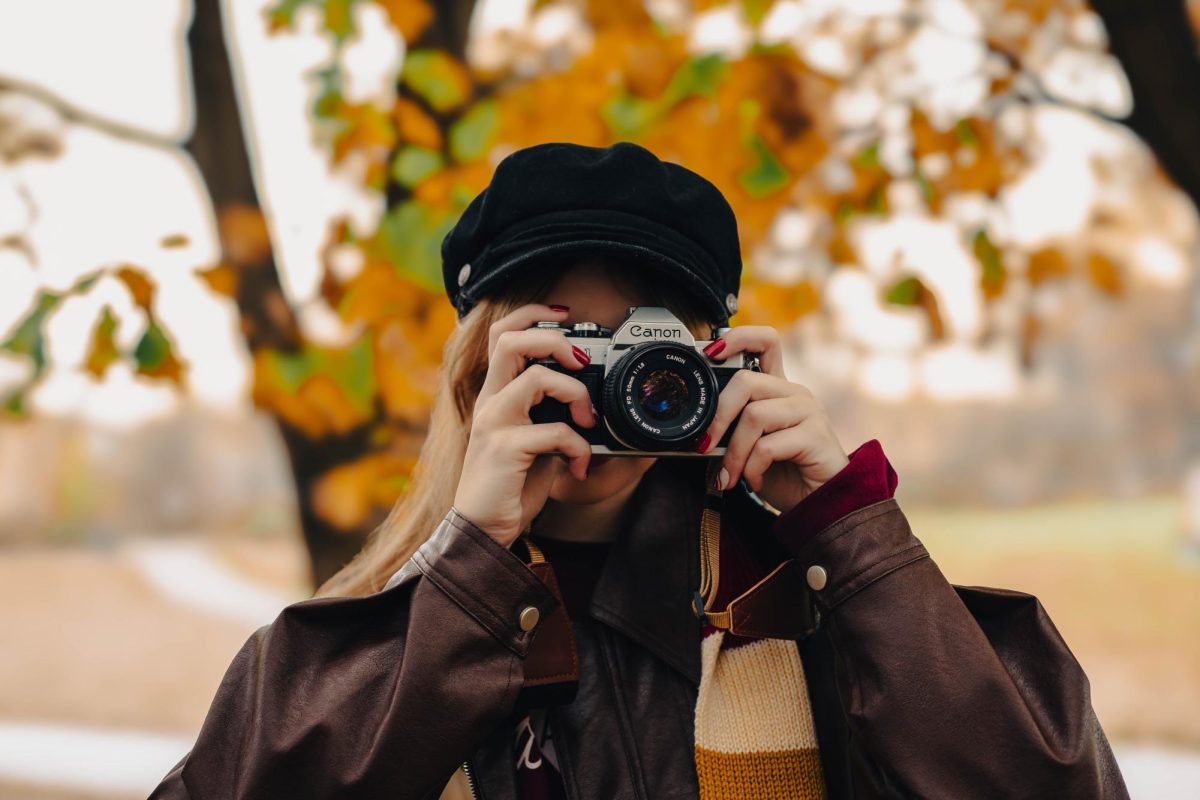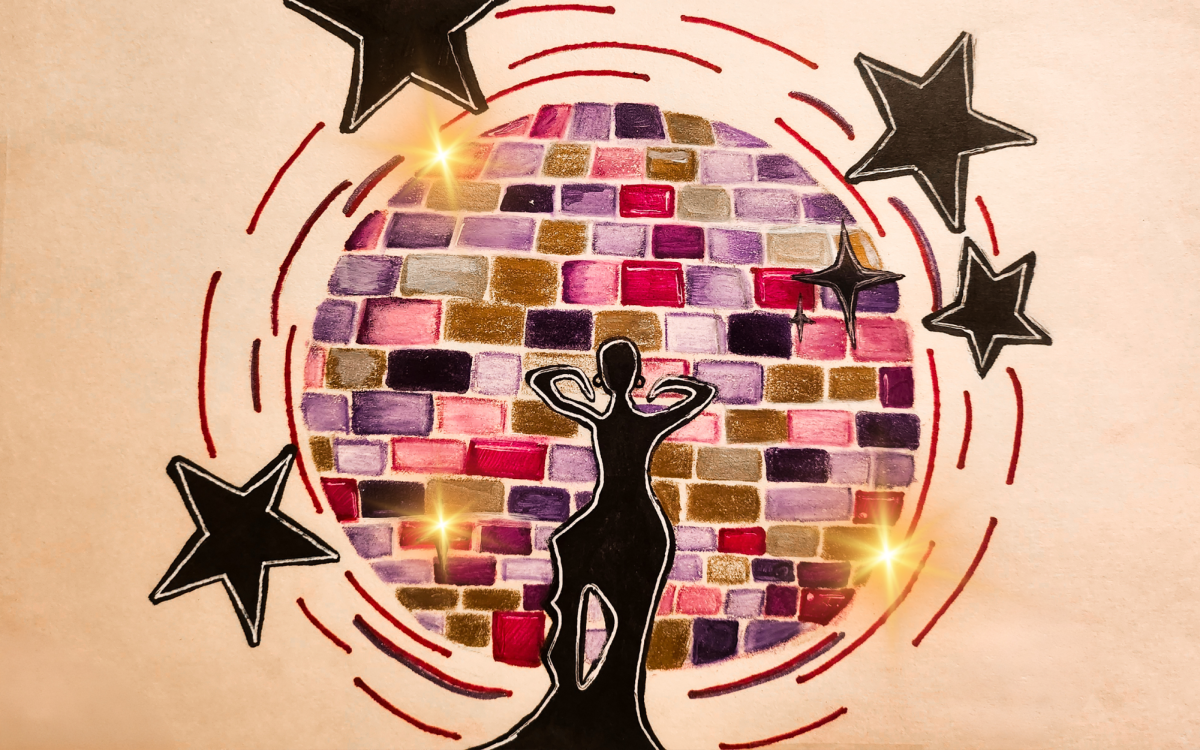Are bodies another blank canvas to paint on? A piece of paper to stamp and pierce? Another way to stand out or fit in with the crowd? Before a proper conclusion can be drawn, it is crucial to investigate how body modifications came to be.
Body modifications emerged as a form of self-expression: a way to identify oneself as a member of a social group or hierarchy. According to Bradley University body modifications have been a method of adhering to societal beauty standards, sharing accomplishments achieved during one’s lifetime and conveying traits and qualities of one’s personality. From Ancient Chinese foot-binding to the use of corsets in the Victorian Era, bodies have been morphed, painted and stretched for the enjoyment of the user. Today, the most common modifications are tattoos, piercings and cosmetic surgeries. In a study conducted on American college students, specifically 481 living in New York in 2008, it was found that around 60% of women and 42% of men have piercings (Stirn 2003). That percentage continues to rise as society becomes more accepting of body modifications.
Maddie McConnell, a third-year fashion design student at Kent State University, has thirteen piercings and thirteen tattoos/stick-and-pokes. Most of these have been with her for a while. She said, “I’ve been doing stick-and-pokes on myself since I was 16.” Stick-and-pokes are a cheaper and more accessible version of tattoos. If bodies are an accessory, would the same amount of planning be put in? According to McConnell, she “prefers to have them planned because [she] cannot afford to drop all that money on body modifications.” Similar to luxury goods, modifications are generally an investment: the average cost of a tattoo varies anywhere from $100 to $400.
How meaningful do tattoos need to be, if anything? McConnell said, “All my tattoos have a special meaning, but I don’t think it’s necessary for tattoos to have meaning. It’s fun to customize your appearance and not take yourself too seriously.” When asked if she regrets any of her modifications, she responded that she didn’t. Instead, she said, “There are several [tattoos] that need [to be] covered or touched up but I don’t take myself too seriously. Not only is it fun, it’s a signal for the kind of person I am.”
According to McConnell, she views getting piercings and tattoos as “character customization,” saying, “someday I’ll be dirt but until then, I have all these fun pictures on me that tell my story. No one owes anyone an explanation of why they choose to have body modifications, but it can be really fun to ask people about their story. It helps you get to know someone in a new way.”
So, are bodies another accessory to wear like a purse or a scarf? Or is it up to the individual to decide? Either way, body modifications should make the subject feel unique or special. Art is subjective: not all viewers share similar reactions to the same painting. After all, is it not the artist who has the final say on the meaning, if there is any.
Support Student Media
Hi! I’m Annie Gleydura, A Magazine’s editor-in-chief. My staff and I are committed to bringing you the most important and entertaining news from the realms of fashion, beauty and culture. We are full-time students and hard-working journalists. While we get support from the student media fee and earned revenue such as advertising, both of those continue to decline. Your generous gift of any amount will help enhance our student experience as we grow into working professionals. Please go here to donate to A Magazine.

